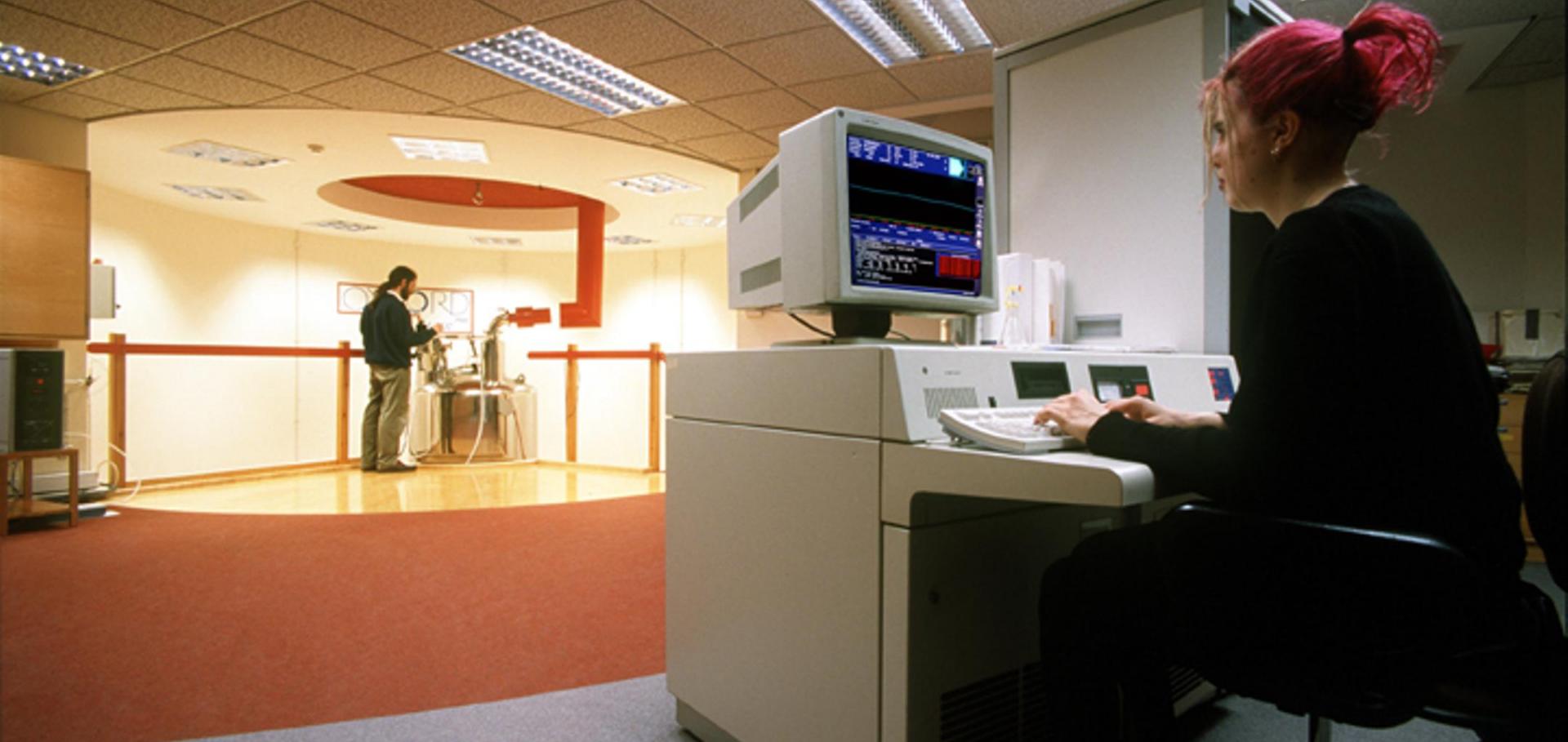Efficient Refocussing of One Spin and Two Spin Interactions for NMR Quantum Computation
(1999)
Separate quantification of doubly and singly 13C-labeled metabolites by HSQC-filtered J spectroscopy.
J Magn Reson 137:2 (1999) 448-450
Abstract:
NMR detection of multiply labeled compounds in biological samples is often used to follow metabolic pathways. Detection of protons bound to 13C atoms offers a more sensitive approach than direct 13C detection, but generally results in the loss of carbon-carbon coupling information. We have modified an HSQC sequence to refocus the carbon chemical shifts in order to obtain a proton-correlated 13C homonuclear J spectrum, which allows us to measure singly and doubly labeled compounds in the same spectrum.Approximate quantum counting on an NMR ensemble quantum computer
PHYSICAL REVIEW LETTERS 83:5 (1999) 1050-1053
Quantum Computing and NMR
Chapter in Quantum Computing and Communications, Springer Nature (1999) 71-78
Structural and dynamical characterization of a biologically active unfolded fibronectin-binding protein from Staphylococcus aureus.
Biochemistry 37:48 (1998) 17054-17067


